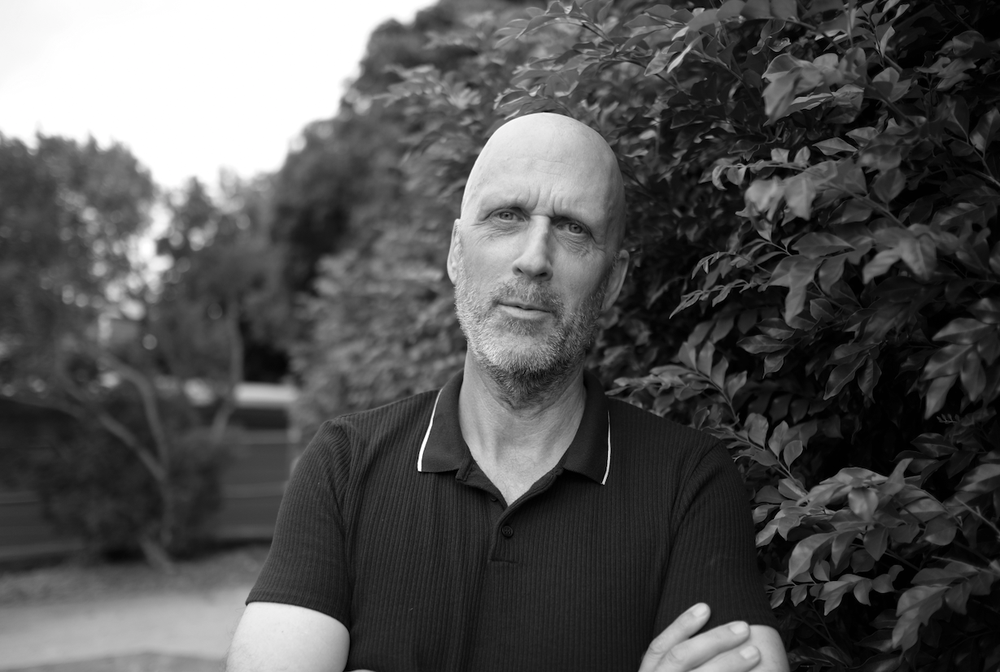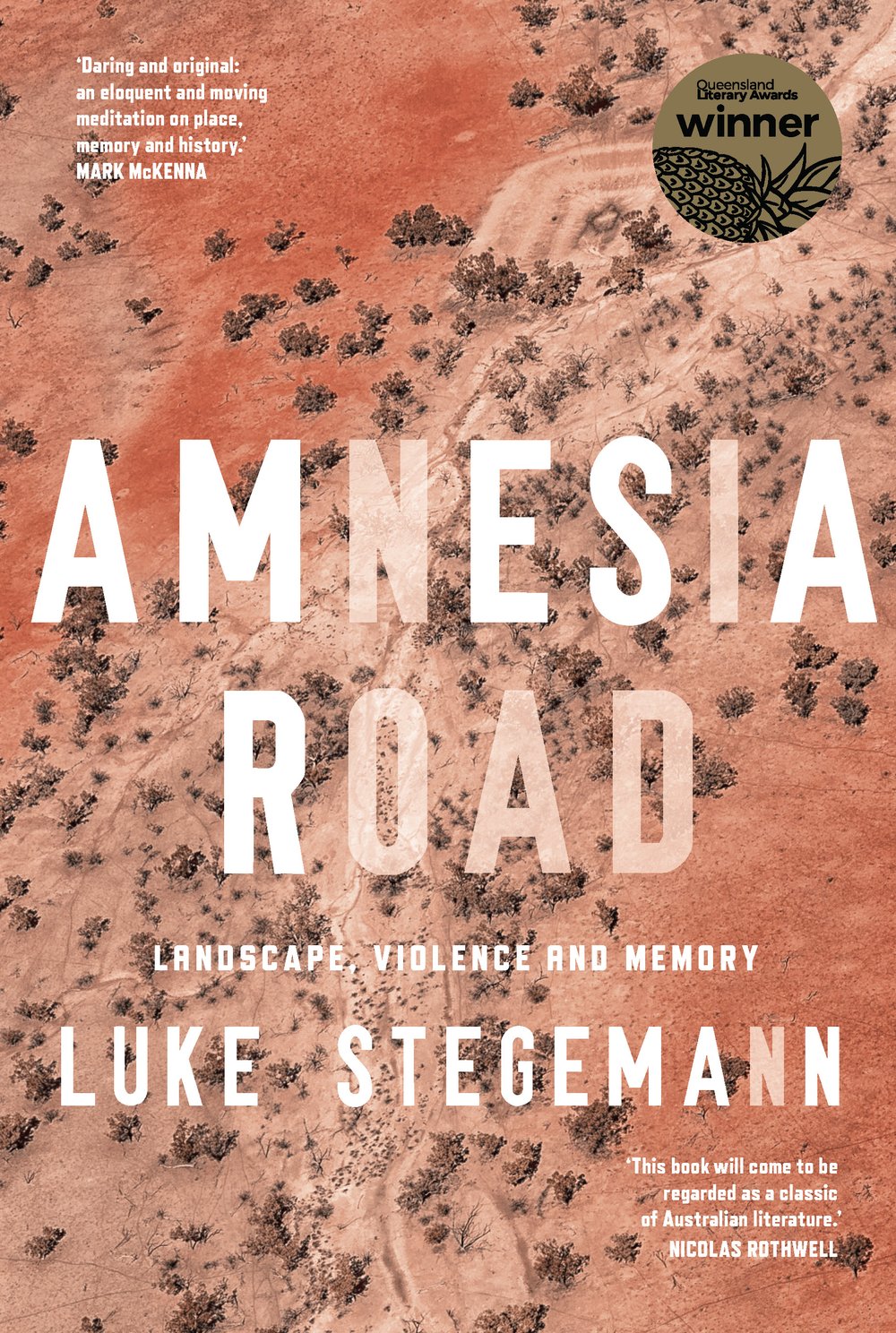Introduction
There is an established tradition in European Australia of representing the continental landscape as a place not only of great physical size, but also of silence, deep and broad. Its towering beauty is undeniable, yet that same quality is said to hide spaces of mystery, fear and death. It is, in the original sense of the word, awful. It is stern and unfamiliar. Some landscapes, with their strident blues and benevolent greens and golds, are better known than others; they are sociable zones, well domesticated and for the most part polite. Others stand shyly, or privately, and observe the passing human traffic. Some regions and their landscapes are considered ugly, godforsaken and irredeemably plain. Others contain multiple threats: of terror, murder or extinguishment. In many parts of rural Australia a layer of unknowing exists, along with the uncanny sense that a second world, off to the edge of the actual, were attempting to make itself seen. There is a quiver of unease: what exactly happened here in the destruction first of an ancient culture, and then of the delicate environment upon which that culture lived and with which it productively interacted for millennia?
‘I have always been torn,’ remarks Wiradjuri writer and journalist Stan Grant, ‘between the sadness of my history and the beauty of my country.’ Grant insists – and many who have travelled the long reaches of the Australian continent will recognise this – that he can hear the land talking to him. But the voice is subdued. Australia is a place of profound subtlety and very beautiful shades of quiet. What is said to those who listen?
Amnesia Road began, in part, as an act of listening, looking and recording. To begin to reconcile – not in the broader political sense, but at the level of the individual – that uneasiness experienced, that wondering amid the mulga plains of south-west Queensland and along the banks of drying rivers: what happened amid such insistently spectacular landscapes, and how much can we know? How to balance the beauty and the sadness, subjective and shifting though these might be? Along the backroads another question came, persistent: what does it mean to love an area of country that has been the sacred home of others – an area of country that has been little documented, and is mostly unloved by the arriving culture that displaced the original owners of the land – this moody pocket of the continent, a territory of wiry scrub, strutting emus and jealous dingoes, this place without indulgence or excess? Silence as a quality of remote landscape might only be metaphorical: a cultural invention. For there is always bellow, cry, crack and whistle; a tearing of bark and branches; the snap of a metal trap; the song of an opening gate. There is always the inch-work of root systems. At midday the world is at its stillest, but never for a second leaves off its pulse; at night the world is loud with stalking and flapping sounds, incessant burrs and buzzes, the hum of artificial light, the click-bolt-shot of a rifle, the crunch of dry sticks, the long call of the turning galaxy. Pumps are always at work in the middle distance, hauling water up from shrinking rivers; parents and children talk, argue and celebrate; the ignition turns on a semi-trailer; birds are ceaseless. If silence exists it might be the silence of loss, pain, loneliness and endurance – a stoic silence – for the living world, though quiet, is never silent. For all its surface appearance of size and emptiness, it never stops its bark and hiss, its millimetric wax and wane, its grunt and creak and very human sigh.
We might be wary of the process whereby landscape becomes writing – the elements lost in the transition, elements too garrulous or gossamer that will not pass into the realm of words. The non-urban landscape, passing from the farmed and sectioned semi-rural into the remote and apparently hostile country beyond not only becomes, in the popular imagination, more dangerous; it also becomes increasingly endowed with sacred qualities: wise trees and ancient rocks, the water of life, the rare intelligence of birds and animals. Landscape becomes a living being from which sustenance and nutrition is drawn, an energy that is not of the fabricated world: raw, undigested, a certain beauty in its possible brutality, a deep romanticism in its fragility. Yet nothing has taken up such firm residence in every landscape feature – mulga plain or wheat field, ironbark or olive tree – as the human past.
At the same time as these questions of clouded histories were troubling me, restlessly wishing for some exploration (if not resolution), I knew how pressing similar questions were in my beloved second patria, Spain – a country that, in common with Australia, is vigorously debating the shape and place of its history. There too, the veins of dialogue are webbed; the contours rise and fall between triumph and bloodshed, between pride and guilt, between the permanence of the granite monument and the fragility of unfinished business. There too, rural landscapes hold the dead to their earthy chests – the dead of whom it is uncertain how, or even if, to speak. Paradoxically for a nation of inveterate conversationalists, a reticence to speak of these matters blanketed much of Spain during the middle and latter part of the twentieth century, only for that reticence to break over recent decades as, post-dictatorship, the second and third generations on have insistently demanded an explanation for absences in the nation’s history. Unsurprisingly, both crimes and absences are more complex than popular opinion tends to prefer. Working through the debates in both countries around those multiple historical absences has helped me to consider each in a new light, for the cliché holds true that there is nowhere like elsewhere to make sense of one’s home. I continually asked myself a question that is both simple and bewilderingly complex: where did the present come from?
Luke Stegemann's book Amnesia Road: Landscape, violence and memory will be published by NewSouth in March 2021.

